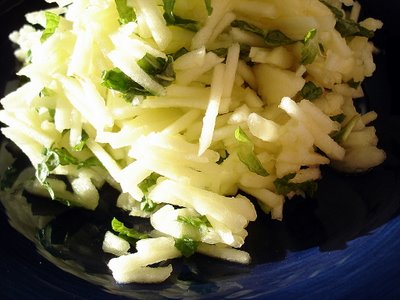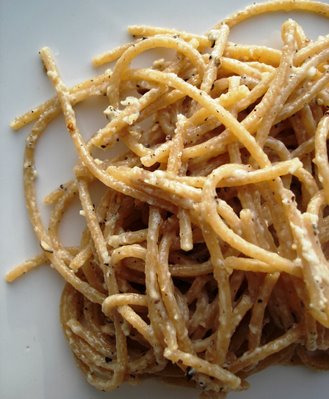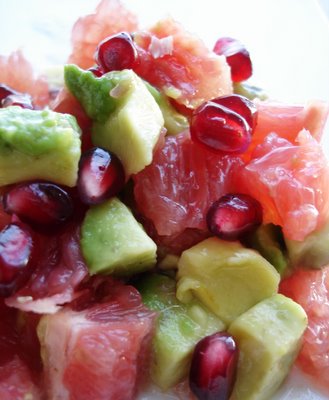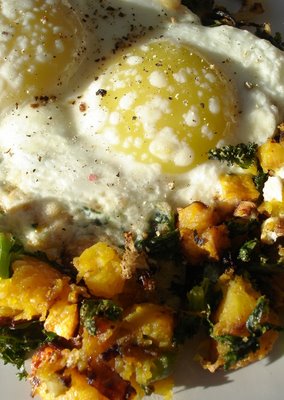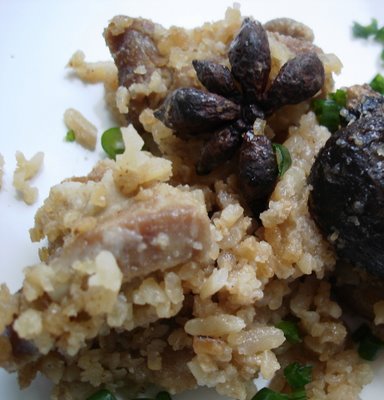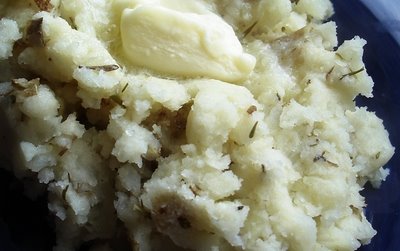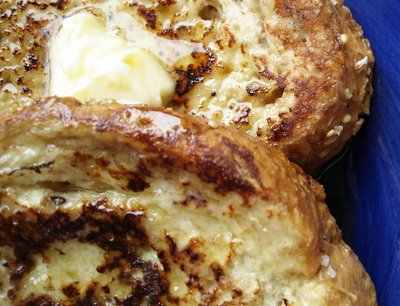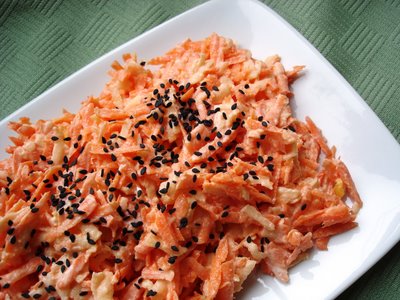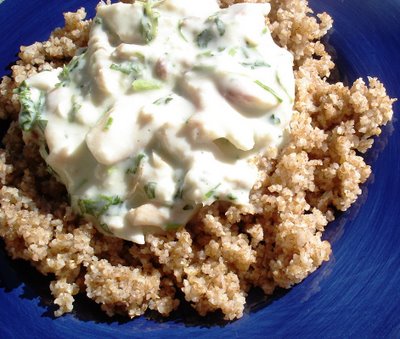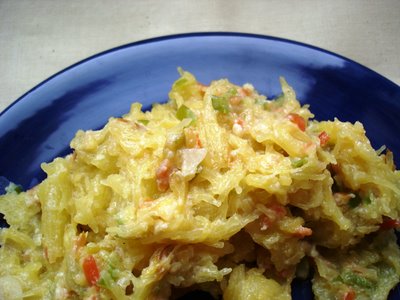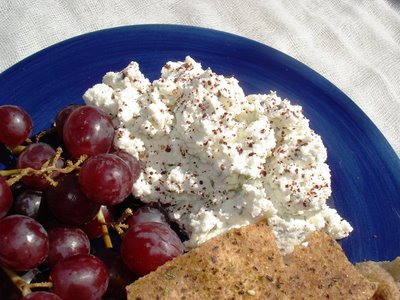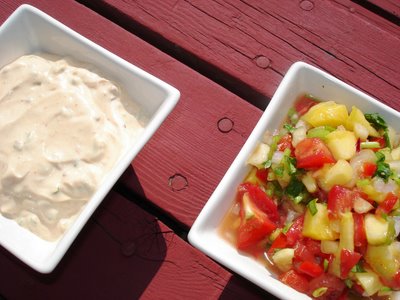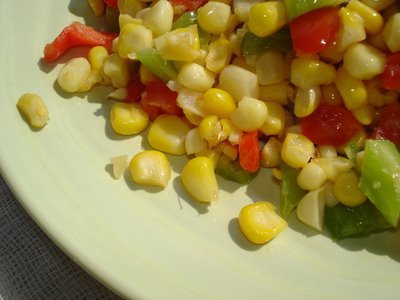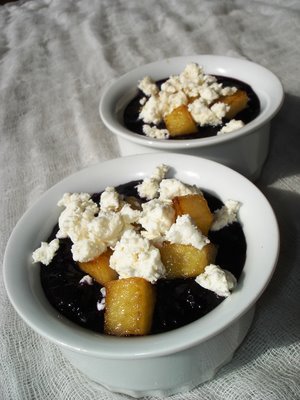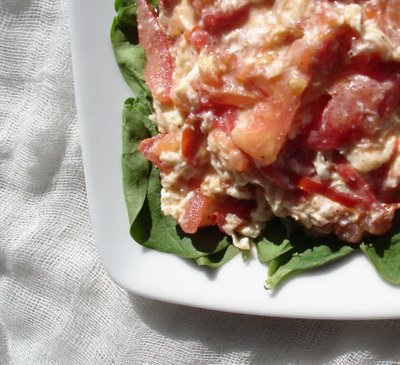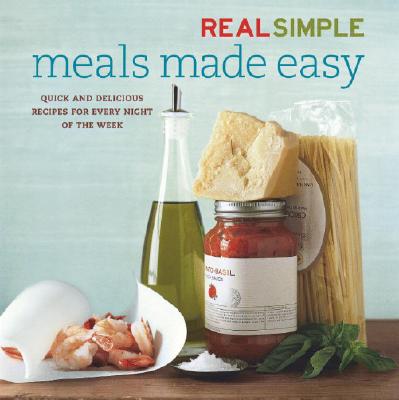
Real Simple has always seemed to me like a periodical with more style than substance - pleasant to peruse in the doctor's office, but not a magazine you'd make time to read regularly. However, their
Meals Made Easy cookbook author's name caught my eye - Renee Schettler. While she was at the Washington Post, their online food section was my favourite of any newspaper, and I still search for her articles regularly. (Try searching for Avocado Smashwich. Simple and fabulous!)
Physically, the book is gorgeous and every single recipe is illustrated in Real Simple style. The wide, heavy pages are suited to the rigors of kitchen duty and will not flip closed on you while cooking. The recipes are very easy both to skim and to cook, and there are cooking tips on each page that are useful both to the beginner and to experienced cooks. The recipes are arranged by effort: One-Pot Meals, 30-Minute Meals, Freezer Meals, and so on. I especially like the frugal-friendly and almost completely veggie No-Shop Meals section, which includes basic things like eggs in tomato sauce and quesadillas.
The cookbook's main drawback is that many of the recipes are, well, ordinary - all but the most beginner of cooks already have a pasta with bolognese, an omelette, and poached fish in their repertoire. Advanced or more adventurous cooks will find the book less appealing. Also, though the beautifully styled pictures really add to the appeal of the book, it would have greater value with fewer pictures and more recipes.
This is a good basics book for beginning cooks, or someone who is new to Canada/US and is interested in learning common home cooked food.
Crisped Leftover Pasta, adapted from Meals Made Easyabout 4 oz cooked spaghetti or fettucine, cold
2 tbs olive oil
3 slices proscuitto or 2 slices bacon (these were optional, so I left them out)
1/2 tsp red pepper flakes, (optional, I left them out)
1/4 cup grated Parmesan, plus more for serving
1/4 tsp kosher salt - (I omitted, since the cheese was already really salty)
1/8 tsp black pepper (I used more)
Let the pasta sit at room temperature until it becomes pliable, about 10 minutes. Meanwhile, heat the oil in a nonstick skillet over medium heat. Add the proscuitto or bacon if using and cook until crisp. Transfer to a paper towel lined plate. Drain off and discard all but 2 tsp of the drippings in the skillet. Sprinkle the red pepper flakes (if using over the remaining drippings. Increase heat to medium high. Add the pasta to the skillet and gently spread it out to form a large nest. Cook without stirring, until the pasta begins to crisp and brown on the bottom, 4 to 5 minutes. Sprinkle with the Parmesan and prosciutto or bacon if using. Cook, still without stirring, for about 2 more minutes. Season with the salt and black pepper. Slide or invert the pasta onto a plate and sprinkle with additional Parmesan. Cut into wedges, if desired.
Tip: store leftover spaghetti on a dinner plate covered with plastic wrap. This creates a perfect size nest of noodles that you can slide straight into the skillet.
Testing notes: This works best with white pasta, cooked a bit past al dente. It gets quite rich so is best served with something astringent, like cooked greens with vinegar or broiled tomatoes.


